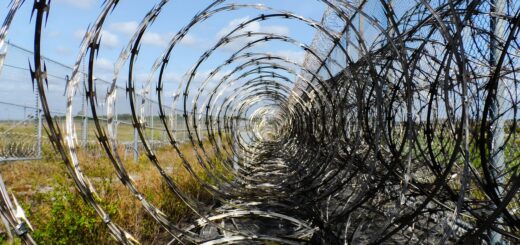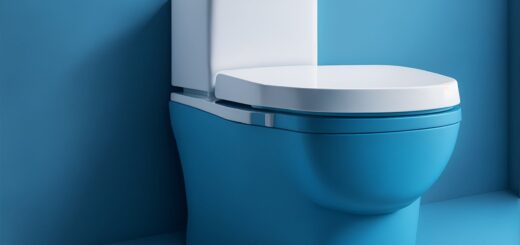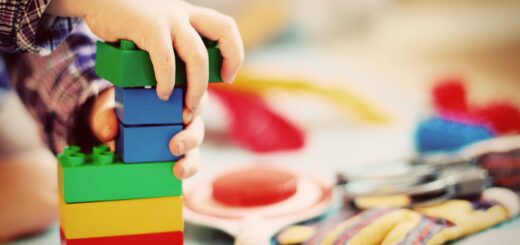Activities to help toddler speech
Why is there always that one kid in every mum group that’s talking before they’re even a year old? You know the one – they make the rest of us feel crap because they’re on full sentences by 18 months while we’re fighting to hear our first ‘mummy’ or ‘daddy’ no matter how many toddler speech activities we’re throwing into the day.
When your child’s not talking it can take over your life. Even the songs on the radio feel like they’re mocking you (Joe Jonas singing ‘Talk to me baby’ got shut down very quickly one day.) My daughter was not the quickest talker, instead preferring to sit and watch us like some kind of spy. We used books, sang songs but I was always on the look out for new ideas to get her talking. Here are some toddler speech activities we used to get those precious words out…
Kitchen roll tube
The humble kitchen roll tube: the best part of this is you can introduce the sentence starter ‘I see…’. First of all, ask aloud ‘What do I see?’ then hold the kitchen roll tube up to your eye and put on your best Oscar-worthy shocked face. Point to something in the room and say, ‘I see a… red cup’. Get your toddler to look through the tube and see it too. You can describe it in more detail (‘the big red cup’) or add more information (the red cup you used for lunch). After a couple of goes, see if your toddler can describe what they see. My only advice is to not leave your toddler alone with the tube – I was gone five minutes and mine had eaten a chunk. Although she did use her words to let me know about it.
Photobook
If you ever speak among mum groups, the first port of call for any speech is flashcards. And if your toddler’s speech has improved through flashcards that’s brilliant, but as someone who’s used them in my day job I find them the dullest activity for children ever. Perhaps it’s the little clipart drawings of the fact they’ve got nothing to interact with. My advice? You know those free photobooks that new mums often use for baby pictures? Turn them into your own flashcard book using photographs of your child’s own possessions and family members. They get to hold the book and flick the pages themselves and you can point to photographs and use ‘I see… a bottle/ Grandad/ a ball’. Eventually, you will be able to ask your toddler what they see and they can repeat those same stock phrases back to you.
Surprise bags
Put five toddler-friendly objects in an eye-catching bag. Shake it up to create a bit of excitement and get your toddler to pick something out. Describe it to them (e.g. blue ball) or if they describe it first, expand on what they say (“Yes, let’s roll the blue ball”). Spend a small time on the item until your toddler loses interest before offering them another chance to pull another item out. When you first do this activity you’ll want to focus on nouns, but as you move forward , you can turn the bag into a sensory bag with offcut materials from a haberdashery and use it to teach adjectives (fluffy, smooth, sparkly etc).
Learning walk
One of my favourite toddler speech activities. Every day, come rain or shine, I take my 2 and (just turned) 1 year old on a learning walk where I narrate everything we see together. Sometimes I focus on the other people around us (‘red car coming’/ dog going away); often I focus on the landscape (big tree/ brown leaves). When I first did this, I used one word nouns to introduce words, building up to some small description like ‘blue sky’. I’m now at the point where I’m introducing more and more verbs (‘green leaves falling down’) and asking my toddler what she sees. Try to stop at various points and point to anything unusual like bright coloured flowers or squirrels – I’ve even seen horses on my walks.
Balloon
Kids love balloons – I’ve already mentioned how brilliant they are in my list of independent play activities. So funnily enough, they’re also great for building up vocabulary. When blowing up a balloon, it helps to have another adult there to describe how the balloon is getting ‘bigger… bigger… bigger’. You can then announce ‘Ready steady go’ before letting the balloon and describe it flying quickly around the room, before announcing that it’s small now. It might be that you can ask your toddler to get the balloon for you – if so, well done! It means they’re really listening. After this, you can ask your toddler if they want you to repeat the trick again (really emphasise the word ‘again’ as a question – they may well repeat the word). After they get bored of this, make use of a game of keepy uppy to reinforce words like up, down and under.
The commentator treatment
This toddler speech game is great for cooking or cleaning activities. Put simply, you narrate what every single thing you or your toddler are doing in the style of a sports commentator. While enthusiasm is important, you don’t have to give it the full Chris Kamara treatment – my commentator voice is more suited to Wimbledon than the Premiership coverage – but the trick is to use as few words as possible e.g. ‘washing plates’ rather than ‘cleaning the plates in the sink with a brush’. I’ve even added a weather forecaster style to my repertoire by opening the curtains in front of my two year old each morning and describing what the weather looks like. Unfortunately, I started this activity in October so I’ve been saying ‘rain’ more or less every day.
Puppets
I’ve sung the praises of puppets before when writing about different imaginative play activities. Not only can they have their teeth brushed or hair washed – encouraging your child to recall words like toothbrush or soap – they are great at encouraging children to read (get the puppet to ‘point’ to pictures in the book and highlight certain words). You can even turn a paper bag into a puppet: this is a great way to describe facial features like eyes, nose and mouth as you draw them on. You can also describe the colours that you use as you do it.
Bathtime
Bathtime is such a great time for toddler speech activities – there’s so many waterplay options. It’s also the best possible time to teach body parts as you’re washing them. Don’t just say them, sing them too. Maybe even sing ‘Head, shoulders, knees and toes’. After a while, try to involve your toddler: ask where they would like you to wash or ask them to point to their knees, feet, tummy etc. Make sure to give them lots of encouragement and applaud any efforts they make. You can also teach words like warm and cold, wet and dry as you’re getting them out of the bath.
Puzzles
This is a better version of those dull flashcards again. I’m talking about those big toddler puzzles where there’s an animal or vehicle on each puzzle piece: not only can your toddler use the pieces as a puzzle (where you can narrate what they’ve just picked up), but you can hold two pieces up and ask them to take the giraffe and leave the monkey. After time, they will have favourite pieces: ask your toddler what piece they are looking for, by highlighting the sentence starter ‘I want…’. You can point out how the lion is ‘yellow’ or ‘next to the elephant’ depending on your toddler’s understanding.
Laughter
There’s different stages of speech development. First it begins with understanding the words, before communication can take place. The actual, final step is speaking in a clear discernible way which everyone can understand and in fact for quite a long time your toddler might only be understood by you and you alone. Laughter is a great activity for teaching that tricky ‘h’ sound. Get your toddler to laugh by any means necessary: act silly, play a funny song, make them laugh. Then laugh with them, exaggerating your own laugh: ‘I’m laughing. Ha-Ha-Ha. Ho-Ho-Ho. Hee-Hee-Hee.’ Place a hand on your chest to highlight that you make the sound by pushing out from your lungs. It’s great practice to make that ‘h’ sound really clear in future .



